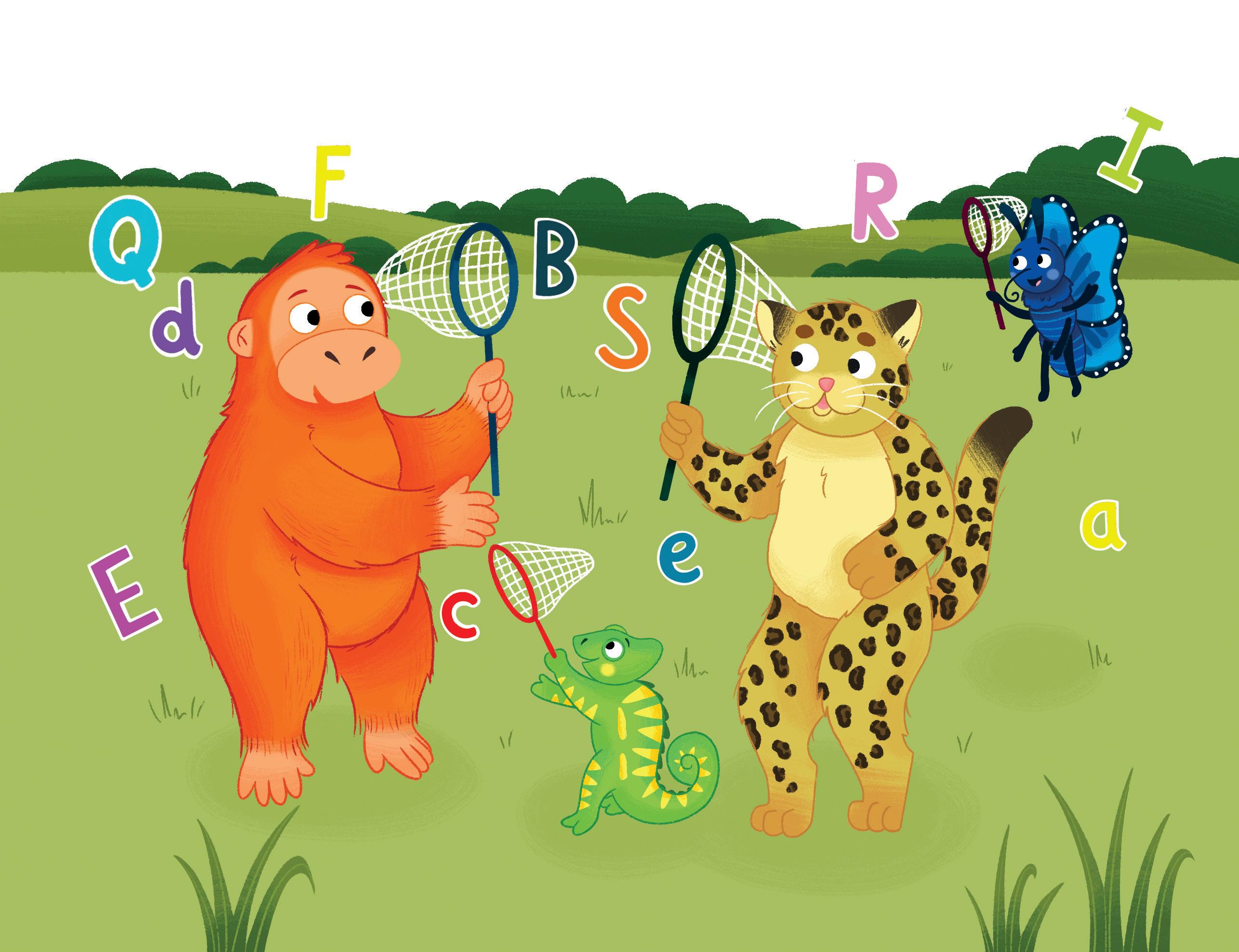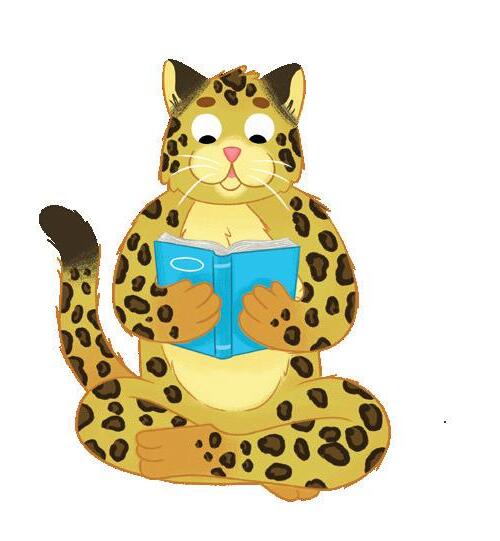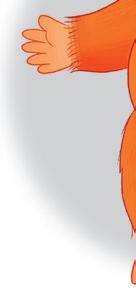Cambridge Phonics and Handwriting

Learner’s Book Step 2C






This Learner’s Book provides activities to support Units 21–30 of Cambridge Phonics and Handwriting Step 2. The Teaching Resource provides full coverage of the Cambridge Phonics and Handwriting Framework and guidance on how the Learner’s Book activities develop the framework statements.
Activities can be used at school or at home. Children will need support from an adult. Additional guidance about activities can be found in the For practitioners boxes.
When children learn to read using phonics, they start by learning the sounds that letters make. For example, the letter t makes a sound like the start of the word ‘tap’. We say /t/ (a short sound), not ‘tee’ (the letter name).
Using the letter sounds helps children read by putting sounds together to make words. It also helps them spell by breaking words into sounds. When you help your child at home, try to use the sounds, not the letter names. You can find videos and tips to help you say the sounds at our parent support site.
Some letters stand for more than one sound. For example, the letter c sounds different in ‘cat’ and ‘circle’. The example word in the table below demonstrates the sound that your child is learning at this time.
Some sounds are represented by more than one letter or group of letters. For example, c, k and ck all represent the same sound.
Your child might learn the sound of a letter before they learn how to write the letter.



I
She rang the bell.
Ask the child to look at each picture and say what they can see. Ask them to read each sentence letter–sound by letter–sound then the whole word, and word by word. Then ask them to find the picture which matches the sentence and draw a line from it to the sentence.


my mum the king for the cat
Ask the child to look at the first picture and say what they can see. They read the words letter–sound by letter–sound, and recognise the tricky word for: for the cat. They trace the word for. They decide which present is for the cat (the fish) and draw a line to it. Repeat for my mum (the flowers) and the king (the crown). The child writes for in the gift tag. They can copy the spelling from the example.
i r o k i ng ng ng














Ask the child to look at the first picture and say what they can see (long). Encourage them to say the word sound by sound, then the whole word. They find the letters for the sounds and use them to write the word in the boxes. Repeat for the other pictures (king and ring).








Ask the child to read the first word aloud, sound by sound, then the whole word. Ask the child to use a pencil to trace the letters and then copy the word onto the line. Repeat for each word.